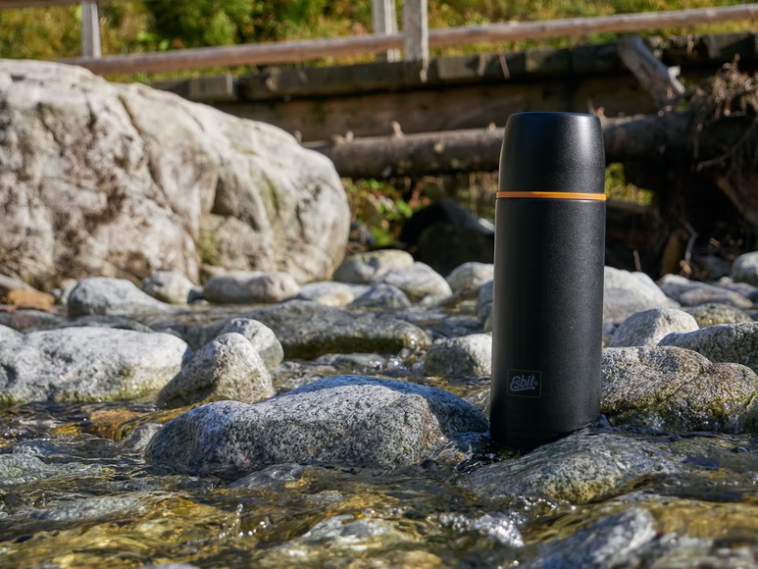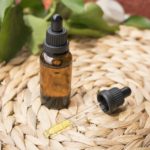Have you ever wondered how an insulated bottle works? What is the purpose of insulation, what are the benefits, or why are they so popular? If so, then you’re in the right place. In this guide, you’ll take a look at the ins and outs of insulated bottles so that before long, you’ll have a greater understanding of the technology.
What Is An Insulated Bottle?
For those of you who don’t know, insulated bottles are an excellent option for keeping drinks cold or hot for hours. They have an airtight seal and a vacuum seal to keep the temperature in. The insulated bottle has been around since 1896 when scientist James Dewar created it, but it became extremely popular from the 1950s onwards. While technology has advanced, modern bottles rely on the same principles that Dewar developed over 100 years ago. These days, they are used in a range of applications ranging from Insulated beer Bottle containers to helping people reduce their reliance on plastic bottles, thus reducing landfill waste. But while this technology looks simple at the outset, many aspects go into creating the modern bottles loved by so many today. When delving into the mechanics of insulated bottles and their components, it’s worth exploring the expertise of plastic manufacturers at hansenplastics.com. They can provide valuable insights into the materials used in these products.
How Do They Work?
Most insulated bottles are made from stainless steel and have two layers. The outer wall is usually made of metal, while the inner wall is made of plastic. These two walls help to keep the liquid inside cool by creating an airtight seal between them. The insulation in insulated bottles is usually constructed with a layer of foam or gel that surrounds the outside of the inner metal wall. This layer helps protect the liquid by trapping air pockets on its surface, which helps to slow down heat transfer from outside sources and maintain a lower temperature inside it. The most common materials include:
- Insulating foam
- Fiberglass
- Some forms of polymer plastic
- Styrofoam
- Bottle
- Plastic (this is the most affordable but isn’t as efficient or robust).
- Stainless steel ( this is the best option as it provides a high level of thermal protection and is durable).
- Lid
- Molded plastic and rubber
How Does Insulation Work?
Insulation slows down heat transfer by reducing the amount of convective heat transfer. It does this by trapping air in pockets that are surrounded by insulation. This reduces the rate at which heat can be transferred through conduction because it’s not in contact with other materials trying to conduct it away.
Are Vacuum Flasks And Insulated Bottles Different?
A vacuum flask is an insulated bottle with a vacuum between two layers. This reduces heat transfer from the outside to the inside and vice versa. An insulated bottle is a type of container with an inner layer designed to keep liquids hot or cold for extended periods. This usually consists of a stainless steel or aluminum material with an airtight seal and insulation in or around it to keep heat in or out. Nonetheless, they serve the same purpose, and each has pros and cons.
How Are They Made?
While major brands like Thermos might have certain proprietary technologies, they are not radically different from other bottle types on the market. Regardless of the brand or type of insulation, most bottles follow a similar manufacturing process. Usually, each part of the product will be made separately and then assembled into its final form. IF it includes foam, there will be an extra step in forming the foam and inserting it between the inner and outer layers. It is usual for the factory to receive the foam in the form of liquid chemical balls. Placing these balls together produces a chemical reaction that produces heat. Once a critical temperature is met, the mixture is left to cool and form into the actual foam, where it will be shaped ready for the next stage.
The process of making the outer part of the bottle will depend on which material is used. It will be molded using either injection molding or, more likely, blow molding if it is plastic. This occurs when small plastic pellets are heated up, melted, and then forcefully blown into a shaped mold. Conversely, stainless steel bottles are formed using stamped metal, then shaped into the desired shape. Upon creating the outer section, it is placed on an assembly line where the inner chamber is placed, and foam is injected into the cavity between them. The final stages involve creating a lid (also typically injection molded) with a rubber seal and then applying images, color, or company branding to the outside.
Today’s insulated bottle is made of multiple layers of materials so that the bottle can keep your beverage warm. Hopefully, this article has given you a better understanding of these insulating substances and how they come together to make insulated bottles such a practical item today.





